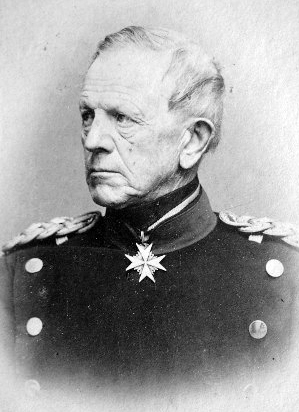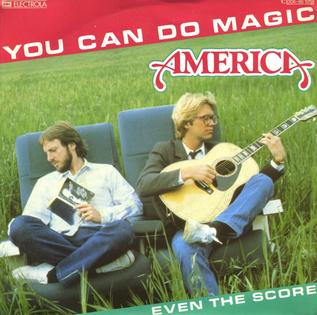I've mentioned before that the Mentzer Red box (Basic Dungeons & Dragons 1983) was my introduction to tabletop RPGs (preceded by the Choose Your Own Adventure series and similar gamebooks), but this week, I wanted to take a look the another influential iteration of Basic D&D written by Tom Moldvay:
Moldvay Basic was the second incarnation of Basic D&D, following Basic Dungeons & Dragons (1977) written by J. Eric Holmes. Holmes Basic was something of a strange beast, being a combination of Original Dungeons & Dragons (1974) and some of the early Supplements, and meant to be both an introduction to tabletop RPGs and to Advanced Dungeons & Dragons (even though Holmes Basic is not 100% compatible with AD&D).
Like Holmes Basic, Moldvay Basic is an introductory text and covers the basic concepts and rules for Dungeons & Dragons and PCs of Levels 1 to 3. Unlike Holmes Basic, Moldvay Basic (which forms the "B" in B/X D&D), along with Dave Cook's Expert Set (which forms the "X" in B/X D&D), was designed to be a complete separate game.
This is partly a result of the settlement of one of the lawsuits by D&D co-creator Dave Arneson against TSR, which split Dungeons & Dragons into two parallel product lines, Basic and Advanced. Thus, for legal reasons, Moldvay Basic was promoted as a continuation of OD&D (i.e., Messr Arneson would collect royalties from B/X D&D, as well as the later BECMI D&D, but not AD&D).
Moldvay Basic came in a boxed set with 64 page rule book (Holmes Basic was 48 pages), with cover art by the legendary Erol Otus. In addition, the set included the module B2 The Keep on the Borderlands, the classic six polyhedral dice made (of soft plastic that would wear down with use (eventually, rolling the d20 could take some time until it stopped moving as it became more and more spherical)), and a marking crayon for filling in the numbers on the dice. The interior artwork is Old School but often cartoonish in nature and considered to be generally weaker than the interior artwork for BECMI D&D.
However, Moldvay Basic does shine as an excellent example of lean RPG Design, presenting a stripped down and streamlined version of the OD&D engine. The rules here are clear, concise and accessible. For example, Moldvay Basic's rules for Initiative are, in contrast to their than their 1st ed. AD&D counterpart, approximately a bazillion times more concise and understandable:
To determine initiative, each side rolls 1d6 (the DM rolls for the monsters). The side with the higher roll may move first and attack first in combat for that round. If both sides roll the same number, the DM may either have both sides roll again, or may consider movement and combat for both sides to occur at the same time (known as simultaneous combat).The side "with the initiative" has the first choice of actions. Members of that side may choose to fight, run, throw a spell, take de- fensive positions and wait to see what the other side does, start talking, or do anything else that the players or DM can imagine.If combat occurs, the side with the initiative always strikes first in that round. Both sides should roll for initiative each round. If both sides tie on their initiative rolls, and combat is simultaneous, it is possible for both sides to be killed!
Quick and elegant! By comparison, 1st ed. AD&D Initiative by the book is hotly debated to this day and sometimes requires a flowchart for beginners.
All of Moldvay Basic is written in this easy to follow and understand manner.
There's also a great, simple and powerful rule often overlooked near the end of Moldvay Basic on page B60:
This is a quick and elegant of addressing TSR-era D&D's lack of a skill system!
There's also a great, simple and powerful rule often overlooked near the end of Moldvay Basic on page B60:
"There's always a chance." The DM may want to base a character's chance of doing something on his or her ability scores (Strength, Dexterity, and so forth). To perform a difficult task (such as climbing up a rope or thinking of a forgotten clue), the player should roll the ability score or less on ld20. The DM may give a bonus or penalty to the roll, depending on the difficulty of the action (-4 for a simple task to +4 for a difficult one). A roll of 1 should always succeed, and a roll of 20 should always fail.
This is a quick and elegant of addressing TSR-era D&D's lack of a skill system!
It's this speed and elegance that has made my old AD&D1 DM switch to using B/X during convention play.
So, if you are fan of TSR-era D&D but are looking for a lighter/faster interpretation or you are new to RPGs in general and want to cut your teeth using Dungeons & Dragons, you really should take a gander at Moldvay Basic!






.jpg/1280px-Role_playing_gamers_(III).jpg)














